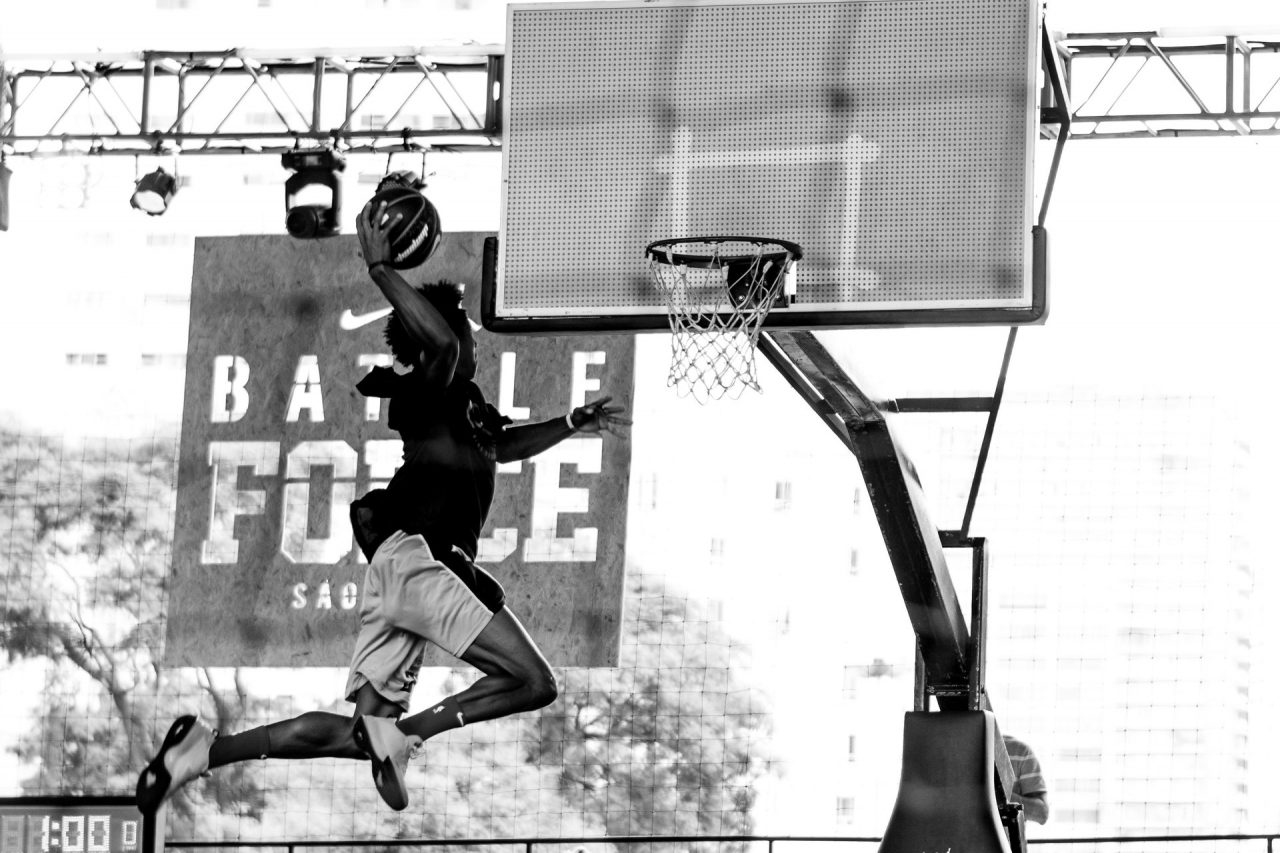The ability to exert force quickly, or power, is critical to sports performance. There are a lot of ways to develop this in the weight room and they all work. One way is to use the Olympic lifts and their variations. These lifts use the entire body, involve exerting force against the ground, use triple extension (hip, knee, and ankle) like real sports, and are performed very quickly (hence power).
However, the Olympic lifts are technical, require a lot of coaching, are not forgiving of mistakes, and require special equipment. Coaching and technique takes time, this is time spent learning and not training. The fact that these lifts are not forgiving of mistakes means there is an injury potential to them. Special equipment is expensive: we’re talking the right barbells, rubber coated weight plates that are made to be dropped, and a floor that is made to have heavy weights dropped on it.
There are alternatives to these lifts. One alternative is the jump squat (also known as squat jumps). These exercises essentially involve performing jumps with a barbell on the back of you shoulders.
There are two variations, one uses a countermovement and one does not. The countermovement seeks to take advantage of, and train, your ability to store and use elastic energy. The variation without the countermovement is more of an off-season strength move that requires you to be explosive without that elastic energy.
To perform the variation without the countermovement:
- Place the bar on the back of your shoulders.
- Step back from the squat rack.
- Chest out, shoulders back.
- Push your hips back, squat down until your thighs are at least parallel to the ground.
- Pause in that position for a count.
- Explode up and jump off the ground.
- Land with your hips pushed back.
To perform the variation with the countermovement:
- Place the bar on the back of your shoulders.
- Step back from the squat rack.
- Chest out, shoulders back.
- Push your hips back, quickly squat down into a quarter squat.
- Without pausing, explode up and jump off the ground.
- Land with your hips pushed back.
For both variations, a few things to keep in mind:
- The barbell needs to remain on your shoulders.
- Land with your hips pushed back.
In terms of how to use this exercise, use three to five sets. No more than six repetitions per set. Remember that each repetition has to be an all-out effort, so each repetition needs to be separate and distinct from the others. In other words, jump, land, reset, then jump again. Do not worry about getting into a rhythm here.
Set the weight to about 30% of your back squat. So if your back squat maximum is 300 pounds, you don’t want to do this exercise with more than 100 pounds. More is not better here! Two reasons for this. First, more weight means more loading on your back when you land. Second, more weight means you move slowly which interferes with the reason for doing the exercise in the first place!



